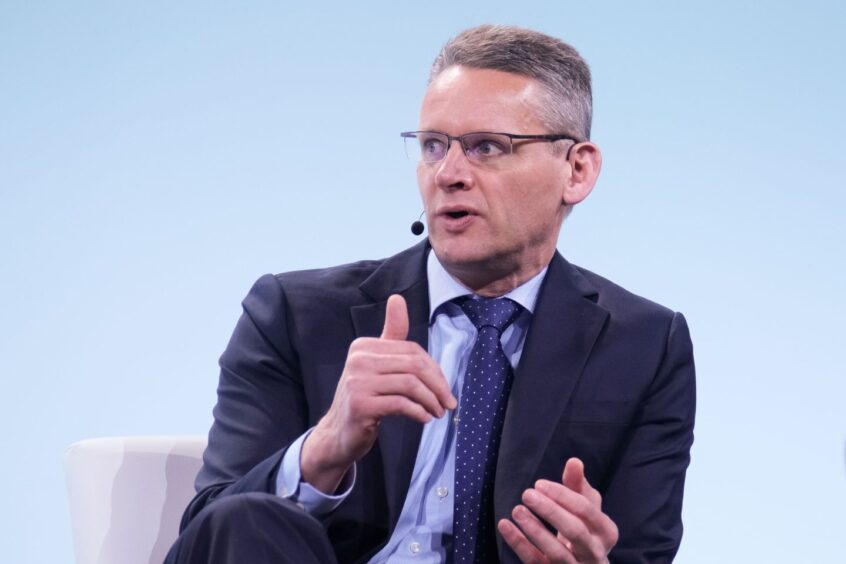
Electricity demand from UK data centers will jump sixfold over the next 10 years as a boom in artificial intelligence requires increased computing power, according to the head of National Grid Plc.
That will ramp up pressure on the country’s electricity network, which must move vast quantities of renewable energy from as far away as Scottish wind farms to data centers around London. And it’s a grid already under strain from the accelerating electrification of home heating, transportation and industries.
“Future growth in foundational technologies like artificial intelligence and quantum computing will mean larger-scale, energy-intensive computing infrastructure,” National Grid Chief Executive Officer John Pettigrew said Tuesday at a conference in Oxford.
It’s an outlook replicated in many other countries, which are grappling with how to fund the massive spending required to expand capacity. Global electricity demand from data centers, AI and cryptocurrencies may more than double over the next three years, according to International Energy Agency forecasts.
In Britain, National Grid is studying adding an ultra-high-voltage network of as much as 800 kilovolts, double the current capacity.
The new grid would enable bulk power transfers around the country, linking up big energy sources and demand centers, Pettigrew said. That would mean a shift from the current sprawling network of individual connection projects — all requiring their own approval and infrastructure — to major capacity hubs.
The proposal is on top of previously announced plans for about £112 billion ($142 billion) of grid investments to ensure the country is on track for net zero.
“It’s hugely expensive,” Energy Minister Graham Stuart said. “The No. 1 barrier facing my department in this country is to build the grid.”
Recommended for you
